Understanding the Sport Behind the Event
It’s Labor Day, the end of another fabulous Hamptons summer. And August has been glorious: sunny, hot, beach days leading into cooler evenings filled with post-beach activities. As summer comes to a close, Hamptonites look forward to that last week leading into Labor Day – and the Hampton Classic!
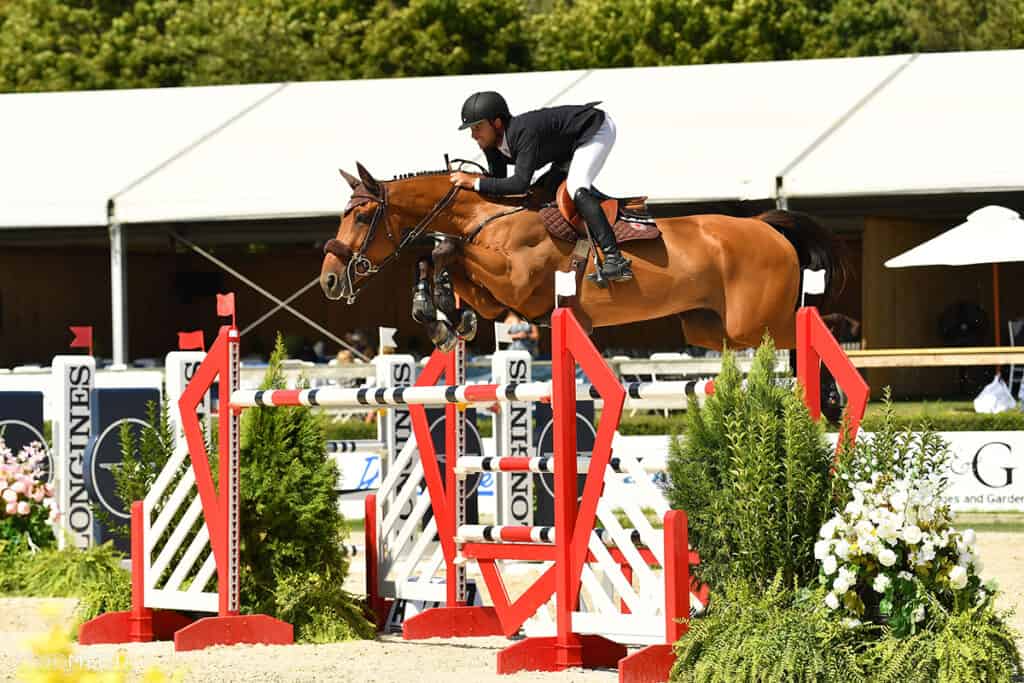
From a small, local horse show started at the beginning of the last century, the Hampton Classic has grown into a large, glittering event filled with stars, celebrities, parties and galas – for some, it can slip the mind that the parties happen in support of the underlying equine sporting event, which includes show jumping as well as hunter/jumper and equitation competitions.
Officially, the Hampton Classic is an FEI 5* and 2* show jumping competition. FEI is short for Fédération Équestre Internationale, the worldwide governing body for equestrian sports. The modern-day Olympics began in 1896; the equine sports of jumping, dressage and eventing were included in the Olympics in 1912. The inclusion of equestrian events in the Olympic Games and the rapid development of the sport worldwide made it clear that internationally recognized rules supervised by a world governing body were essential. To this end, the equine organizations of Belgium, Denmark, France, Italy, Japan, Sweden, Norway, and the United States formed the FEI in 1921. Headquartered in Lausanne, Switzerland, the FEI oversees competition rules, professional conduct, equine health and wellbeing; the FEI is the only Olympic governance organization that oversees humans as well as animals.
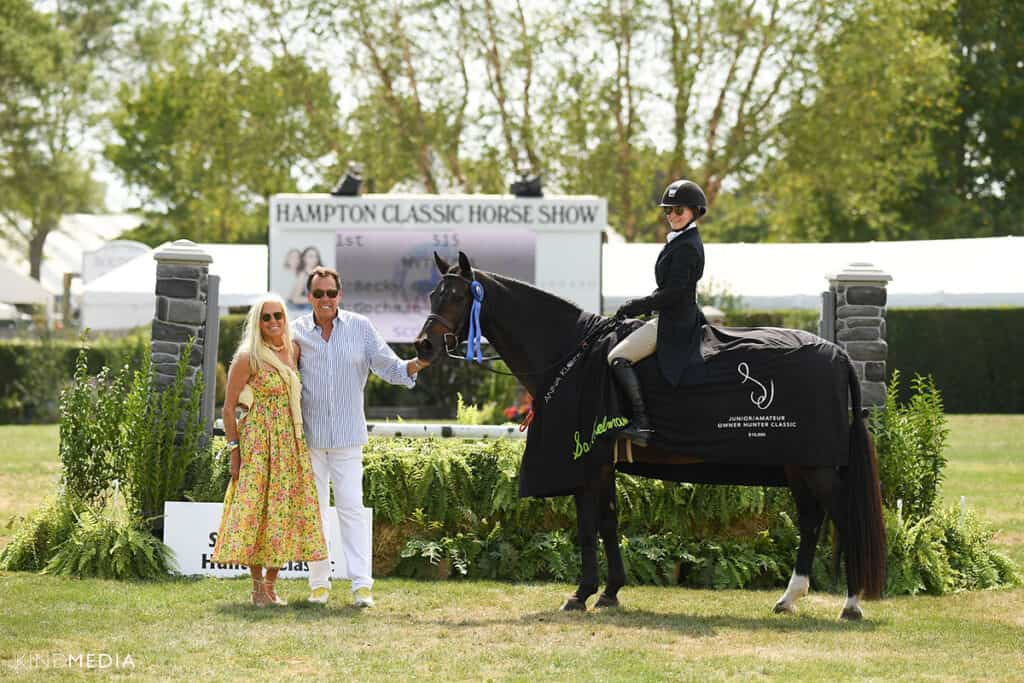
Showjumping at the Hampton Classic is governed by the FEI rules, and it is both a *5 and a *2 event. The specific star (*) designates both the height of the jumps, the required speed the horse must travel over a course and the total prize money offered – the higher the star classification, the higher the jumps, the faster the round and the bigger the prize money. 5* means that the jumps are 1.6 meters and higher – which equates to 5.25 feet with minimum prize money of $575,400 and a time allowed of 400 meters per minute; *2 is up to 1.45 meters or 4.75 feet, prize money of $57,500 – $172,999 and time allowed of 350 meters per minute. If the prize money allocation amounts seem a bit strange, it’s because they are calculated in Swiss francs and then converted to US dollars. Swiss watchmaker Longines is the official timekeeping partner for all FEI events; additionally, Longines keeps rankings of the top showjumpers in the world, many of whom will be appearing in this year’s Hampton Classic. This year’s finale, the Hampton Classic Grand Prix, is an FEI *5 event and will take place on Sunday, September 3 in the Grand Prix Ring. The purse is $425,000!
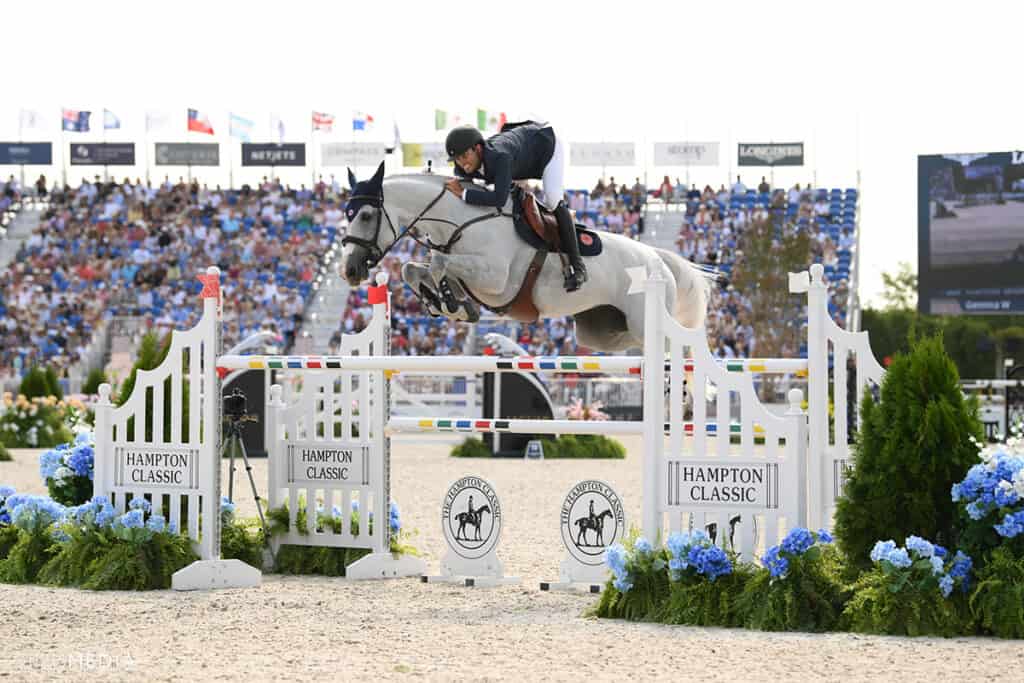
In addition to FEI events, there are other showjumping classes with prizes up to $30,000; each horse and rider must register for the class and pay the entrance fee, which can range from $50 to $500. Each class will have a set time allowed to complete the jumping course, which is a series of jumps, fences, obstacles and water features designed to test the skill of both the horse and rider. Jumper classes are scored objectively based solely on the horse’s athletic ability over fences as measured by time. A jumper’s only job is to clear all the fences in the course as quickly as possible without incurring any faults. A horse incurs faults for each mistake made: 4 faults for each rail knocked down, 4 faults for every refusal, and 1 fault for every second over the maximum time allowed to negotiate the course. The horse with the least amount of faults and the fastest time wins. Jumper courses, which are technical in nature and typically consist of 12-16 jumps, require strategic riding in addition to a swift pace.
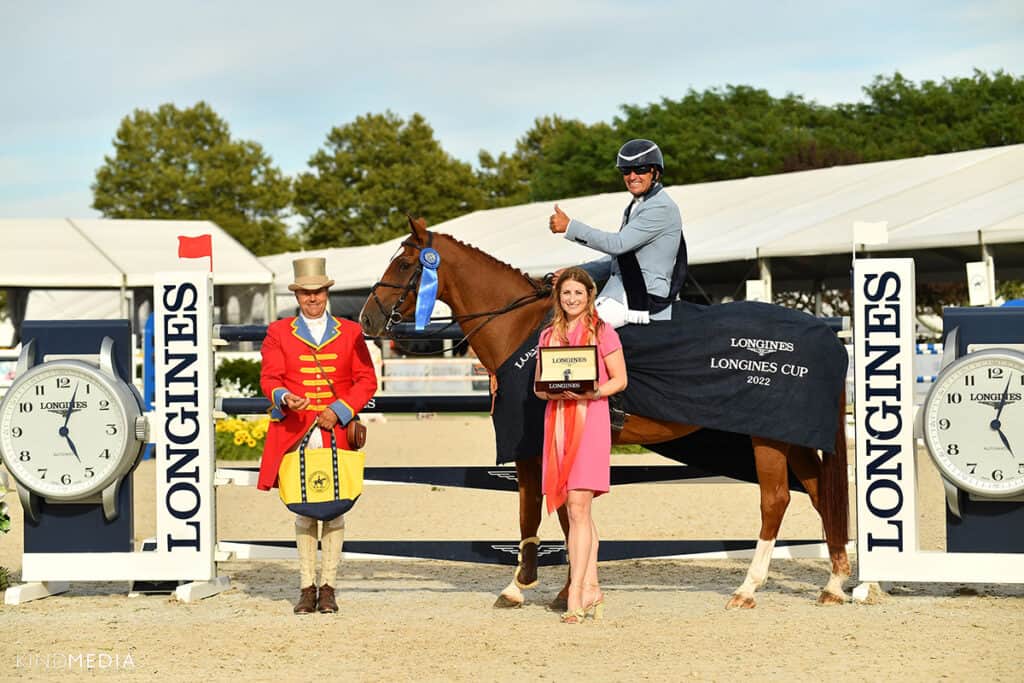
Showjumping is only a part of this weeklong equine extravaganza. Each competition is called a “class”, and there are over 80 classes scheduled for this year’s Classic. And not all classes are showjumping classes – there are other classes called “Hunter” or “Hunter/Jumper” and “Equitation”. “Hunter/Jumper” is made up of two disciplines: Hunter and Jumper. Different classes for different skill levels are judged by equine professionals, scoring a horse and rider upon training, form, presentation and other factors. The origin of the Hunter discipline can be found in the sport of foxhunting where horse and rider galloped over miles of countryside with varying terrain negotiating natural obstacles (fences, hedges, stone walls) encountered along the way. Hunter classes test the qualities and attributes of a successful hunt horse, subjectively judging the horse’s performance over fences as well as how the horse moves between the jumps (called “on the flat”). Show hunters should possess good style over the jumps, consistent pace throughout the course, and be well-behaved (known as having “quiet manners”). Hunter rounds should appear smooth and effortless to the spectator with the horse and rider working together to make the course flow from one jump to the next. Hunter courses typically consist of 8-10 jumps that are more natural and organic in form and generally lower in height than fences used in jumper classes.
While Hunter and Jumper classes judge the horse, Equitation classes judge the rider. Equitation classes are judged on the rider’s ability, form, and skill to allow the horse to perform at its best, but the horse itself is not judged at all. The types of jumps and elements that make up an equitation course can resemble those used in either hunter or jumper classes, but the judging is subjectively based on the rider’s position, style, proficiency, accuracy, use of the aids (hands, seat and legs), as well as an overall impression of complete and quiet control. Fan favorites – the children’s pony and lead line classes (where the riders are accompanied by a handler guiding the pony with a lead line) are also Equitation classes.
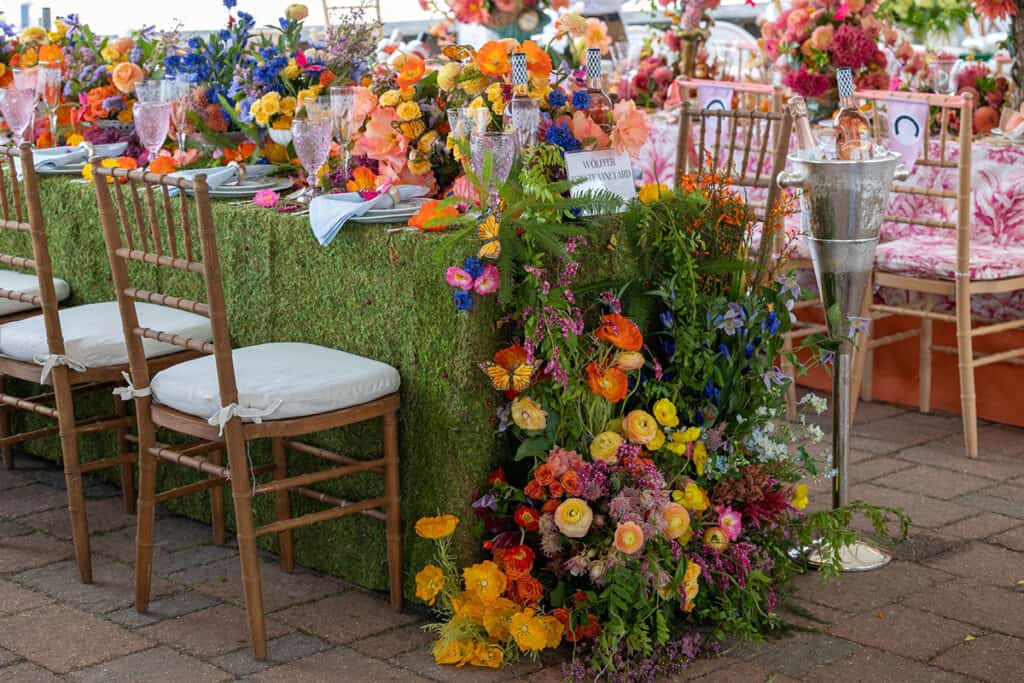
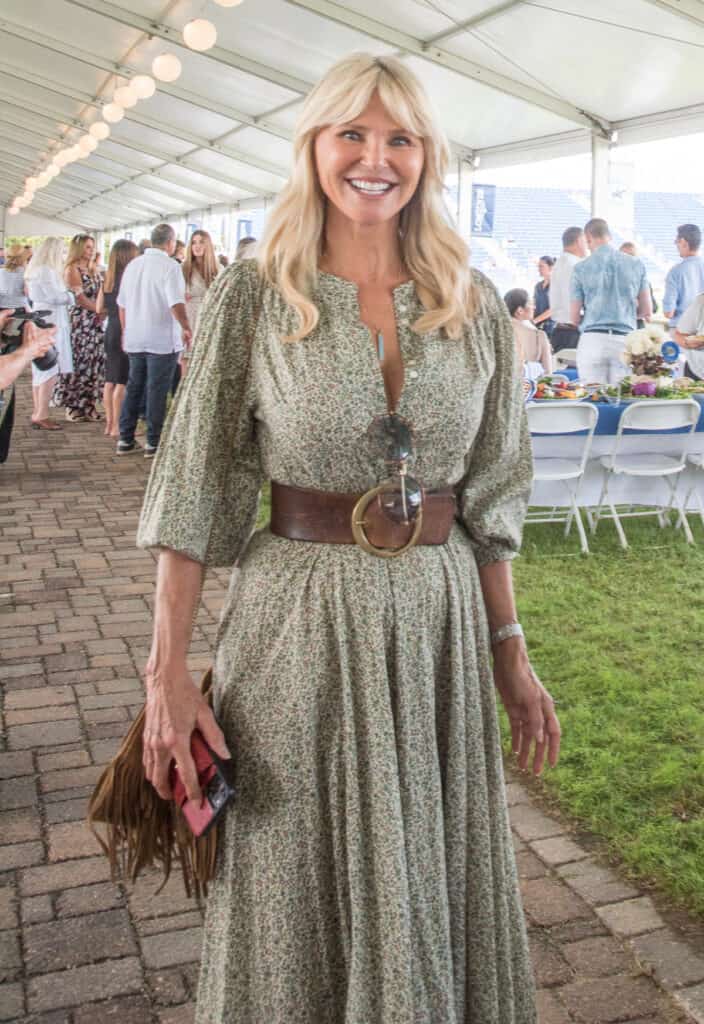
The full schedule of classes for the Hampton Classic is available on the website at www.hamptonclassic.com/exhibitorlist. For the most part, showjumping classes take place in the Grand Prix Ring and the Showjumping Ring; Hunter/Jumper and Equitation take place in the Anne Aspinall Ring, Hunter 2 Ring, Hunter 3 Ring and the Annex Ring.

















![A private Sag Harbor retreat with timeless elegance and space to roam 🌿 Set on 6.5± secluded acres, this beautifully designed estate offers over 8,000± square feet of refined living, with layered outdoor spaces, a 50-foot gunite pool and spa, and ever amenity needed for effortless Hamptons Living.
47 Middle Line Highway, Sag Harbor Represented by @theenzomorabito of @douglaselliman [link in bio]](https://hamptonsrealestateshowcase.com/wp-content/uploads/sb-instagram-feed-images/513860206_18518605354030135_4589361988158119558_nfull.webp)



